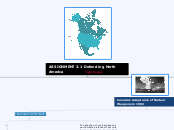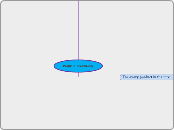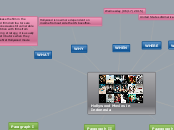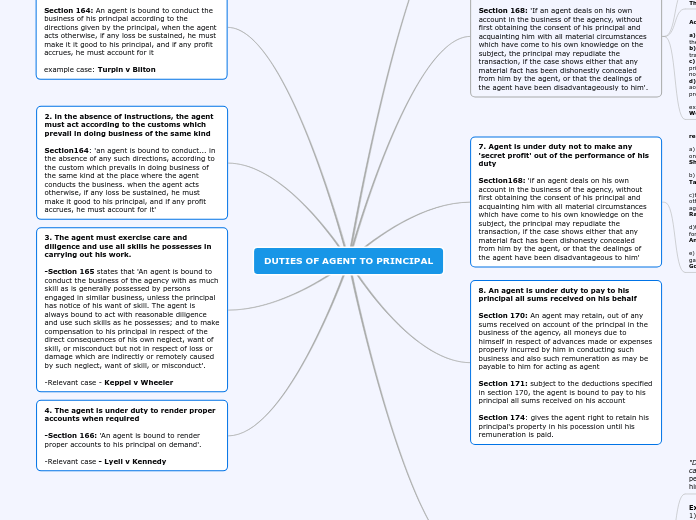MAT.116
2.5-2.6
2.6 Quadratic Functions
The function f defined by f(x)=ax^2+bx+c, where a, b, and c are constants and a is not zero, is called a quadratic function.
Market Equilibrium
In a free market under pure competition the price of a commodity will eventually settle at a level dictated by the supply of the commodity being equal to the demand for the commodity. This is called market equilibrium.
The equilibirum point is the point of intersection of the supply curve and the demand curve. The x-coordinate at the intersection is the equilibrium quantity and the p-coordinate at the intersection is the equilibrium price.
Demand and Supply Curves
A demand equation expresses the relationship between the unit price and the quantity demanded. The graph of a demand equation is called a demand curve. In general, the quantity demanded of a commodity decreases as the commodity's unit price increases, and vice versa. Therefore, a demand function, defined by p=f(x), where p measures unit price and x measures the number of units of the commodity in question, is generally characterized as a decreasing function of x; that is, p=f(x) decreases as x increases.
A supply equation expresses the relationship between the unit price and the quantity supplied. The graph of a supply equation is called a supply curve. In general, the quantity supplied of a commodity decreases as the commodity's unit price decreases; conversely, the quantity supplied of a commodity increases as the commodity's unit price increases Therefore, a supply function, defined by p=f(x), where p measures unit price and x measures the number of units of the commodity in question, is generally characterized as an increasing function of x; that is, p=f(x) increases as x increases.
In the case of both the demand function and the supply function, since x and p assume only nonnegative values, the demand curve and the supply curve are those parts of their respective graphs that lie in the first quadrant.
Maxima and Minima
When a>0 the graph of a quadratic function is a parabola opening up. The y-coordinate at the vertex of this graph is the minimum y-value that the function can assume.
When a<0 the graph of a quadratic function is a parabola opening downward. The y-coordinate at the vertex of this graph is the maximum y-value that the function can assume.
Properties
Properties of the Quadratic Function
f(x) = ax^2 + bx + c (a <> 0)
The domain of f is the set of all real numbers, and the graph of f is a parabola.If a>0, the parabola opens upward, and if a<0, it opens downward.The vertex of the parabola is (-b/(2a), f(-b/(2a))).The axis of symmetry of the parabola is x=-b/(2a).The x-intercepts (if any) are found by solving f(x)=0. The y-intercept is f(0)=c.2.5 Linear Functions
The function f defined by f(x)=mx+b, where m and b are constants, is called a linear function.
Break-Even Analysis
The break-even point consists of the number x_0, the break-even quantity, and the number y_0, the break-even revenue.
The break-even point represents the quantity of a good that must be manufactured and sold to reach a profit of zero, as well as the revenue from selling that quantity of the good.
Note that the break-even revenue is equal to the total cost for manufacturing x_0 units of the good.
P(x) = 0
R(x) - C(x) = 0 --> R(x) = C(x)
From this last statement, we can conclude that the break-even point is the intersection point of the revenue function and the cost function.
Intersection of Straight Lines
Given two linear functions written as
y = m1*x + b1 and y = m2*x + b2
the point of intersection of the two functions (assuming m1 <> m2), can be found by solving the equation
m1*x + b1 = m2*x + b2
for x and then substituting the result into either of the original functions to determine y.
Linear Cost, Revenue, and Profit Functions
Let x denote the number of units of a product manufactured or sold. Then the total cost function is
C(x) = Total cost of manufacturing x units of the product
The revenue fucntion is
R(x) = Total revenue realized from the sale of x units of the product
The profit function is
P(x) = Total profit realized from manufacturing and selling x units of the product
Profit Function
P(x) = R(x) - C(x)
where R(x) is the profit function and C(x) is the total cost function
P(x) = sx - (cx + F)
= sx - cx - F
= (s-c)x - F
Revenue Function
R(x) = sx
where s is the price paid to purchase one unit of the product
Cost Function
C(x) = cx + F
where c is the variable cost of manufacturing one unit of the product and F represents the fixed costs of manufacturing the product (costs that do not vary regardless of whether 0 or an infinite number of the product are made)
Simple Depreciation
Linear depreciation can be modeled with a linear function by following these steps.
Determine the value of the depreciable item at purchase and at the time when it is scrapped.Let t=0 correspond to the time of purchase. Use the two values in time to compute the rate of depreciation. This should be negative and it is the slope of the linear depreciation function.Since the first coordinate of the point corresponding to the time of purchase is 0, the purchase price is the y-coordinate at the y-intercept.Your final linear depreciation function will look like V(t) = (rate of depreciation)t + (purchase price)
This gives the book value of the depreciable item at any time in the interval [time of purchase,time of scrap].









